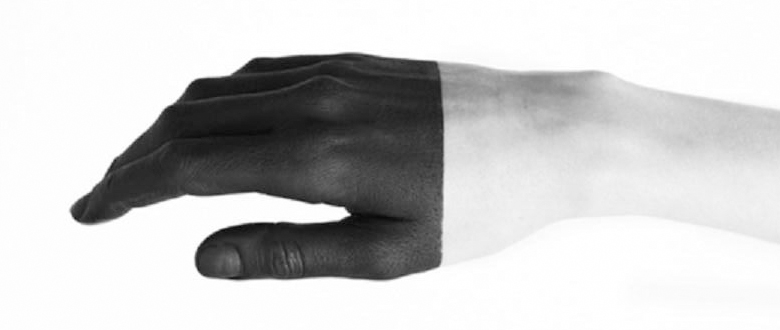Simplicity Principle Of Design

A good grasp of design theory will mean there is always substance behind your work.
The key principles of design are: contrast, hierarchy, alignment, balance, proximity, repetition, simplicity and function.
Whatever work you produce be it for a magazine, poster, website or advertisement, the principles of design should be considered.
A good designer will keep these principles and guidelines in their toolkit and will consciously use them to develop their ideas.
Lets have a closer look at the simplicity design principle:
Simplicity
Simplicity is the discipline of minimizing, refining or editing back a design.
The ultimate goal of any piece of graphic design is to make an impression. If a design achieves this goal, it will be fulfilling it’s purpose of communicating and insisting upon a particular message.
More often than not in graphic design, keeping it simple works really well. In design there is a general consensus that less is more i.e. less is more striking. We consider simplicity to ensure that a piece of communication has maximum clarity. We consider simplicity to create balance and impact. Simple design is easier to understand and is more likely to make a lasting impression.
For beginners it is easily assumed that simplistic design might not be good or interesting design. However, simplicity is recognized as adding a level of function, elegance, consideration, premium and luxury to a design.
In graphic design it’s harder to take away than it is to add. This is what separates amateur designers from professionals and takes experience, confidence and discipline. One of the hardest and most skillful disciplines in design is knowing how to edit a piece of design.
When applying simplicity in design we should avoid an overwhelming amount of visual elements. We should try and get across one strong idea instead of incorporating many.
When considering simplicity we should remove or edit down information and details that are not needed. The more simplistic your design the more striking and easy to understand it will be. Too many things going on in a composition will make for a very confusing and bad experience.
Simplicity is not about stripping a design down to the point it’s soulless. It’s also about harmony and balance between visual elements. In design you want to avoid visual competition and achieve visual harmony.
Complex visual elements can indeed work to communicate a simple message. For example an image texture or a pattern texture maybe seen as complex but these work to suggest a mood, a feeling, a notion. Coupled with a simple logo placement or bold message this can be striking. When you think of some of the most prestigious brands, it’s common to see: simplicity set on a backdrop of complex beauty. It’s a striking dynamic which can also be seen in advertisements. Often an advert will only have a few seconds to communicate a message so must be as striking and as easy to understand as possible.
Advertisements typically seek to charm you with some sort of dazzling visual art coupled with a simple bold tag line message. What is seen to be simple can often be complex. This clever achievement in design is highly sought after and is regarded as elegant, premium and luxurious. If this visual harmony is not executed well it may lead to be busy and a confusing message which will not fulfill it’s purpose.
Consideration of simplicity is often seen in good brand logos. Poorly designed logos can be too complex and busy with too many colours. Some of the best logos are also some of the most simple.
When you look at design ask yourself how is simplicity being considered? Is there visual harmony or visual competition? How clear is the design? And how clear is the message? Could it be more striking? Is there anything you could change to simplify the design? And what impression does it make on you?
Source: Gareth David
